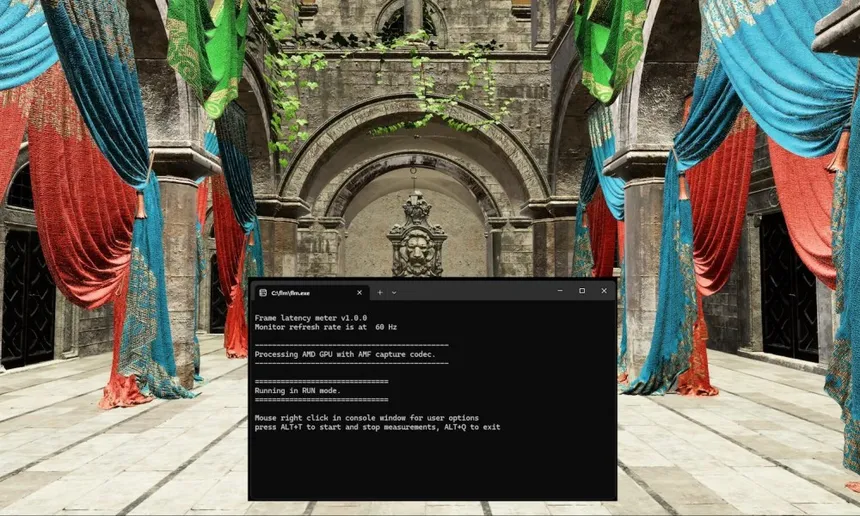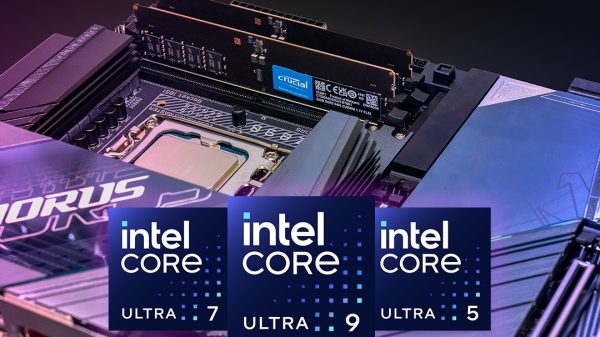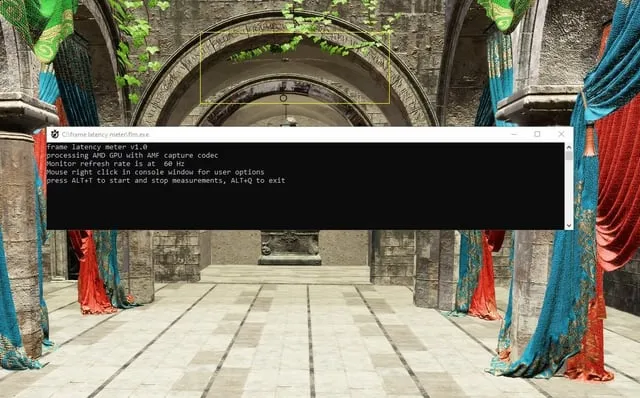AMD has released an open-source Windows utility called Frame Latency Meter (FLM) that measures the response time of games based on mouse movements. This tool is designed for advanced gamers, power users, and game developers who want to optimize whole-system latency or reduce input lag. The FLM utility provides insights into system performance by measuring the time it takes for a mouse movement to translate into a new frame on the screen.
The frame latency meter is particularly useful for gamers who use high-refresh-rate monitors and want to minimize latency. By measuring the time it takes for a mouse movement to register on the screen, gamers can identify areas where their system is lagging and take steps to optimize performance. The utility is also useful for game developers who want to optimize their game’s performance on high-refresh-rate monitors.
FLM works with any AMD, Nvidia, or Intel GPU that supports DirectX 11 or newer. The utility captures frames and compares each one to the previous frame within a selected region. It then generates a mouse movement event using standard Windows functionality and waits for the frame contents to change. The time between the mouse movement and the detected frame change is recorded as the latency.
The FLM utility is available as a free download for Windows 10 and 11 users via GPU Open or the official GitHub repository. The utility has several customization options, including the ability to measure latency based on mouse movements or clicks, specify frame capture regions, and choose between small samples, continuous accumulation, or a constant meter for measurements.

AMD Releases Frame Latency Mete
One of the key benefits of the FLM utility is that it does not require special equipment, such as a high-speed camera and an FPS game with a visible muzzle flash. Instead, it uses the Advanced Media Framework or AMF codec on AMD GPUs and the DirectX Graphics Infrastructure or DXGI codec on other GPUs to capture and analyze frames.
FLM also allows for quick, repeated measurements without the need to reload the game or restart the system. This makes it easier for gamers to collect large amounts of data and identify trends in latency over time. The utility also supports frame generation technology, although it is unclear whether it is compatible with all games that support the latest FSR 3 or DLSS 3.
In addition to its technical benefits, the FLM utility is also useful for advanced gamers who want to optimize their system for competitive gaming. By minimizing latency and optimizing system performance, gamers can gain a competitive edge in fast-paced games that require quick reflexes.
The FLM utility is a powerful tool for advanced gamers and game developers who want to optimize system performance and reduce input lag. Its customizable options, high degree of accuracy, and ease of use make it a valuable addition to any gamer’s toolkit. With its release, AMD has provided a valuable tool that can help gamers and game developers alike to optimize their systems for better performance and a more enjoyable gaming experience.








































